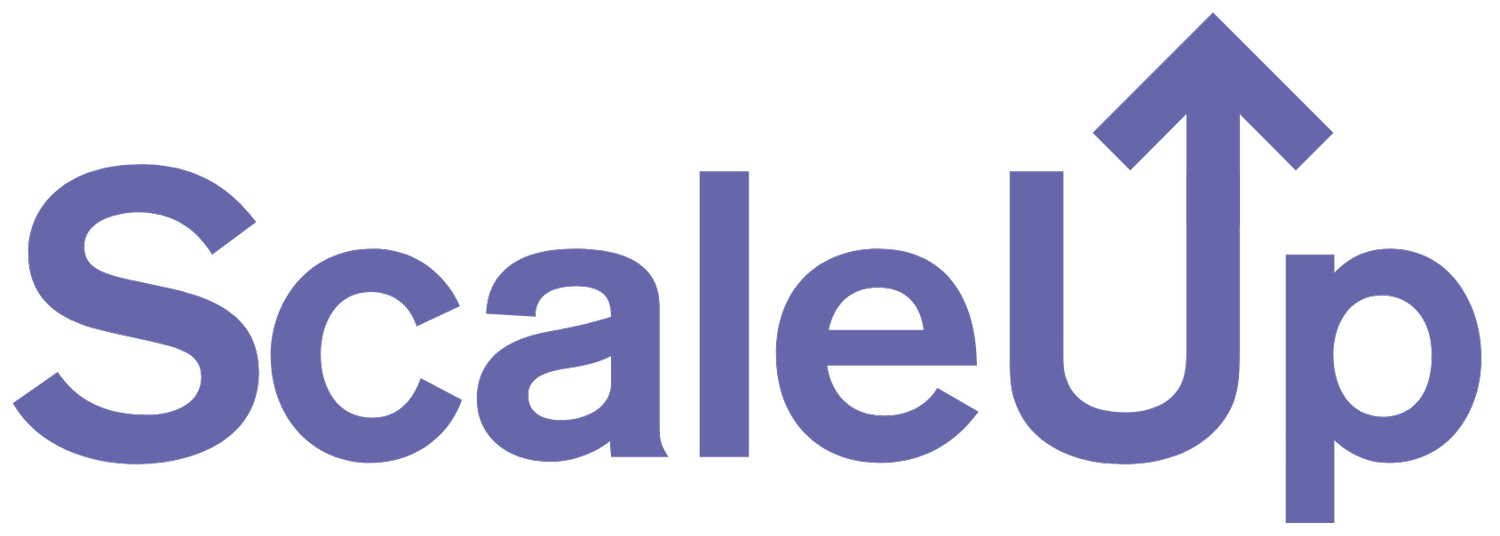Square vs Stripe (2025) – Which Card Processor Is Best for Your Business?
Choosing a card processor is one of the most important decisions for any business. Your payment solution affects not only how fast you get paid but also what you pay in fees and how easily you can scale.
Two of the most popular names in 2025 are Square and Stripe. While they both process credit and debit card payments, they serve slightly different markets and use cases. This guide breaks down pricing, features, and ideal use cases to help you choose the best option.
Who Is Square Best For?
Square is known for its ease of use and fast onboarding. You can sign up online, receive a free magstripe reader, and start accepting payments the same day. It’s especially popular among:
Retail shops and boutiques
Coffee shops and small restaurants
Pop-up vendors and mobile service providers (like hairdressers or food trucks)
Why businesses like Square:
Flat-Rate Pricing: 2.6% + 10¢ per in-person transaction; 2.9% + 30¢ for online sales.
All-in-One Ecosystem: POS software, invoicing, online checkout links, and even payroll services.
No Monthly Fees for Core Processing: You pay per transaction, making it predictable for small businesses.
Fast Payouts: Money is typically deposited into your bank account within one to two business days (instant payout available for a small fee).
When Square might not be ideal:
Businesses with very high transaction volume (where interchange-plus pricing can be cheaper).
Companies needing highly customized online checkout experiences.
Who Is Stripe Best For?
Stripe is known as a developer-first platform, built for businesses that sell primarily online. It powers many SaaS companies, online marketplaces, and subscription-based businesses.
Why businesses like Stripe:
Online-First Design: Perfect for eCommerce, SaaS, and apps.
Flexible APIs: Allows developers to create custom checkout flows and integrations.
Global Commerce: Accept payments in 135+ currencies and support alternative payment methods like Apple Pay, Google Pay, and ACH.
Advanced Features: Subscription billing, fraud detection, and full PCI compliance tools.
Pricing (2025):
2.9% + 30¢ per online card transaction (domestic).
Additional fees for international cards and currency conversion.
No monthly fee for basic processing (advanced tools may cost extra).
When Stripe might not be ideal:
Brick-and-mortar businesses that need in-person POS solutions out of the box.
Small teams without technical resources to set up or customize checkout flows.
Looking for a broader comparison? Our 2025 guide to the Best Credit Card Processors by Business Type breaks down which providers excel across various industries and payment methods
Key Differences Between Square and Stripe
Business Focus
Square: Built for brick-and-mortar and hybrid businesses needing quick, out-of-the-box solutions.
Stripe: Focused on online-first and technology-driven businesses that want customization.
2. Onboarding & Ease of Use
Square: Sign up and start processing payments in the same day, ideal for non-technical users.
Stripe: Simple for basic online payments but requires developer expertise for full customization.
3. Pricing Model
Square: Predictable flat rates, great for small or low-volume businesses.
Stripe: Flat rates for most merchants but offers volume discounts and advanced pricing options for large online operations.
4. Features Beyond Card Processing
Square: POS systems, appointment scheduling, invoicing, marketing tools, and payroll.
Stripe: Developer-focused APIs, marketplace support, global currency handling, and subscription billing.
ScaleUp Tip
Both Square and Stripe are leading card processors, but they serve different kinds of businesses:
Square is perfect for brick-and-mortar or hybrid businesses that need simple, bundled solutions.
Stripe shines for online-first companies that want customization and global reach.
Before deciding, consider:
Where your customers pay (in person vs online).
Your technical resources (do you need developer-level customization?).
Your volume and growth plans (flat-rate vs negotiated pricing).
Next Steps:
